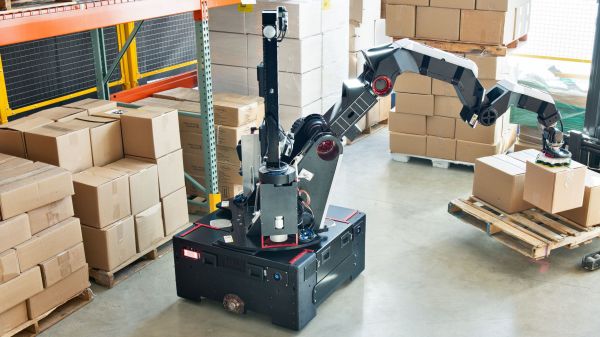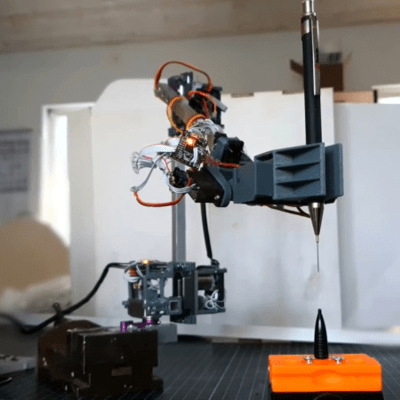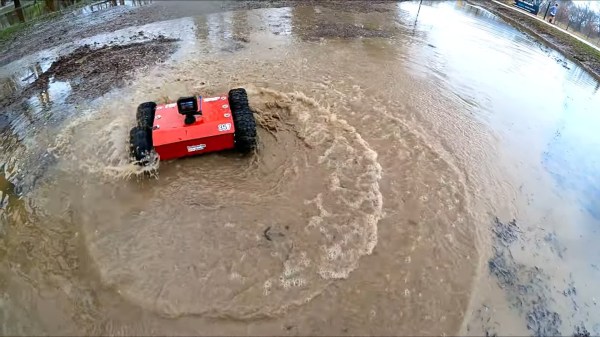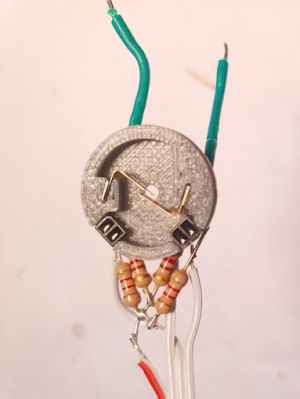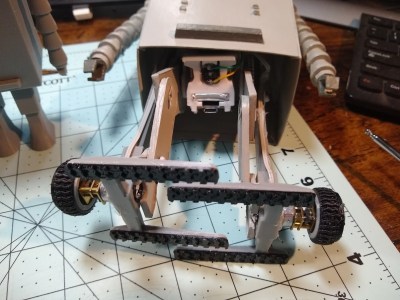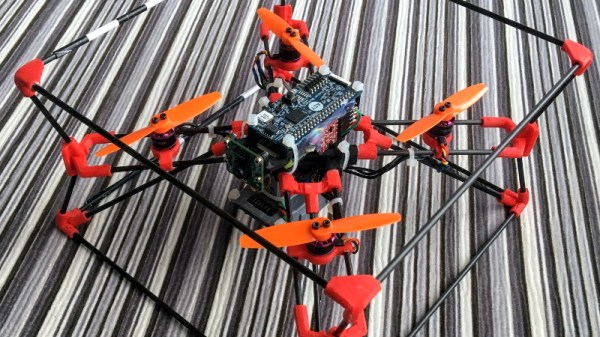Boston Dynamics has always built robots with agility few others could match. While great for attention-getting demos, from outside the company it hasn’t been clear how they’ll translate acrobatic skills into revenue. Now we’re getting a peek at a plan in an interview with IEEE Spectrum about their new robot Stretch.
Most Boston Dynamics robots have been research projects, too expensive and not designed for mass production. The closest we got to date was Spot, which was offered for sale and picked up a few high profile jobs like inspecting SpaceX test sites. But Spot was still pretty experimental without an explicit application. In contrast, Stretch has a laser-sharp focus made clear by its official product page: this robot will be looking for warehouse jobs. Specifically, Stretch is designed to handle boxes up to 50 lbs (23 kg). Loading and unloading them, to and from pallets, conveyer belts, trucks, or shipping containers. These jobs are repetitive and tedious back-breaking work with a high injury rate, a perfect opportunity for robots.
But warehouse logistics aren’t as tightly structured as factory automation, demanding more adaptability than typical industrial robots can offer. A niche Boston Dynamics learned it can fill after releasing an earlier demo video showing their research robot Atlas moving some boxes around: they started receiving inquiries into how much that would cost. Atlas is not a product, but wheels were set in motion leading to their Handle robot. Learning from what Handle did well (and not well) in a warehouse environment, the designed evolved to today’s Stretch. The ostrich-like Handle prototype is now relegated to further research into wheeled-legged robots and the occasional fun dance video.
The Stretch preproduction prototypes visible in these videos lacks acrobatic flair of its predecessors, but they still have the perception and planning smarts that made those robots possible. Those skills are just being applied to a narrower problem scope. Once production models are on the job, we look forward to reading some work performance reviews.
Continue reading “Boston Dynamics Stretch Robot Trades Lab Coat For Work Uniform”

